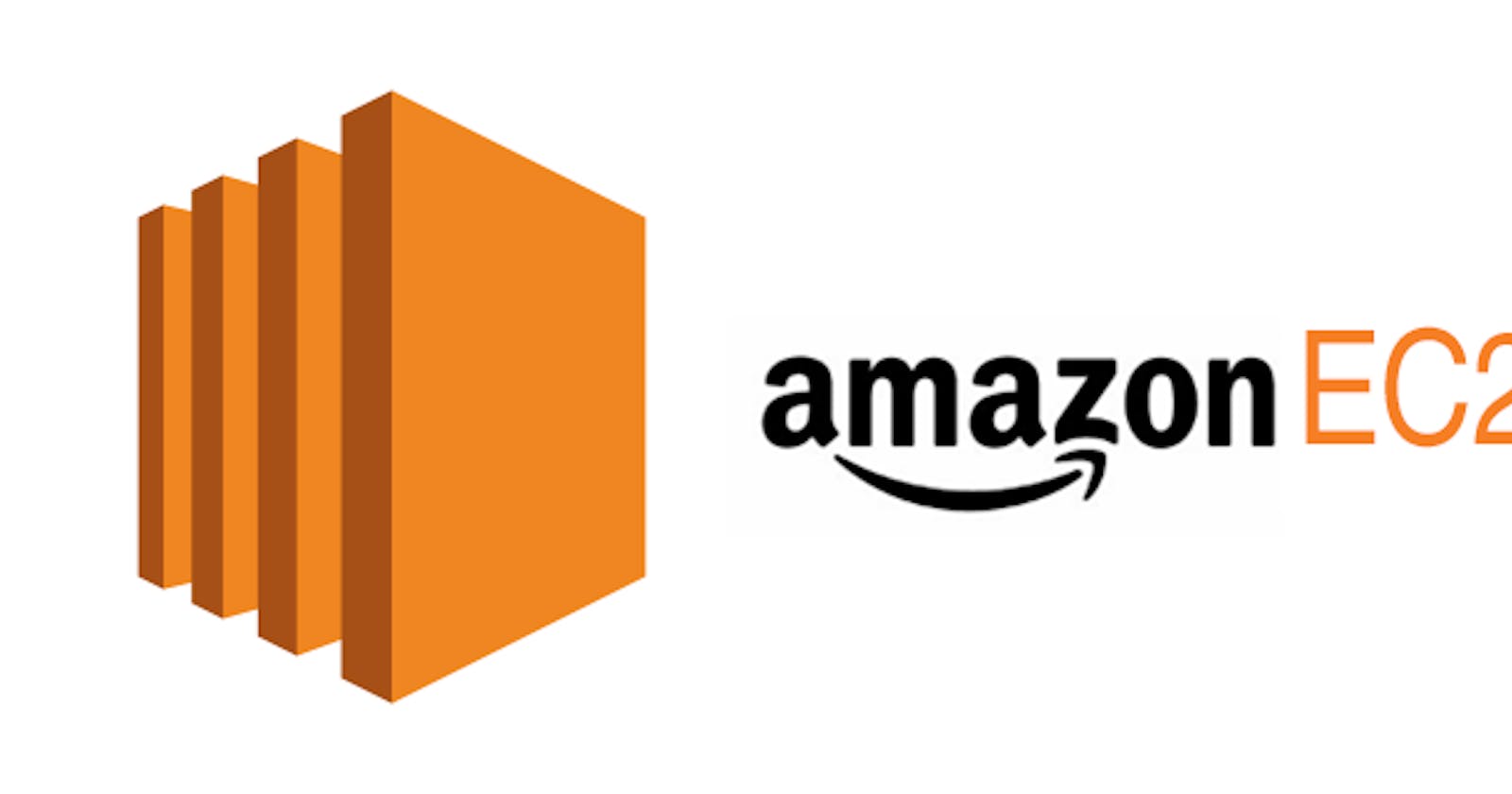Amazon Elastic Compute Cloud (EC2) is a powerful tool for hosting applications in the cloud. To make the most of your EC2 instances, it's essential to follow best practices. Here's a guide to help you optimize your AWS EC2 experience:
🔒 Security Best Practices
Enable Security Groups: Control inbound and outbound traffic to your EC2 instances.
Use IAM Roles: Manage access to your EC2 instances securely.
Implement Multi-Factor Authentication (MFA): Add an extra layer of security to your AWS account.
⚙️ Performance Optimization
Choose the Right Instance Type: Select an instance type that matches your application's requirements.
Utilize Auto Scaling: Automatically adjust the number of EC2 instances based on demand.
Monitor Performance: Use AWS CloudWatch to monitor the performance of your EC2 instances.
💰 Cost Management Strategies
Understand Pricing Models: Familiarize yourself with on-demand, reserved, and spot instance pricing.
Rightsize Instances: Match your EC2 instances' resources to your application's needs.
Use Spot Instances: Take advantage of spare EC2 capacity to save costs.
📋 Implementation Tips
Regularly Review Security Settings: Audit your security groups and IAM policies.
Optimize Instance Types: Monitor your application's performance and adjust instance types accordingly.
Monitor Costs: Keep track of your AWS spending and look for opportunities to optimize costs.
By following these best practices, you can enhance the security, performance, and cost-effectiveness of your AWS EC2 environment.
